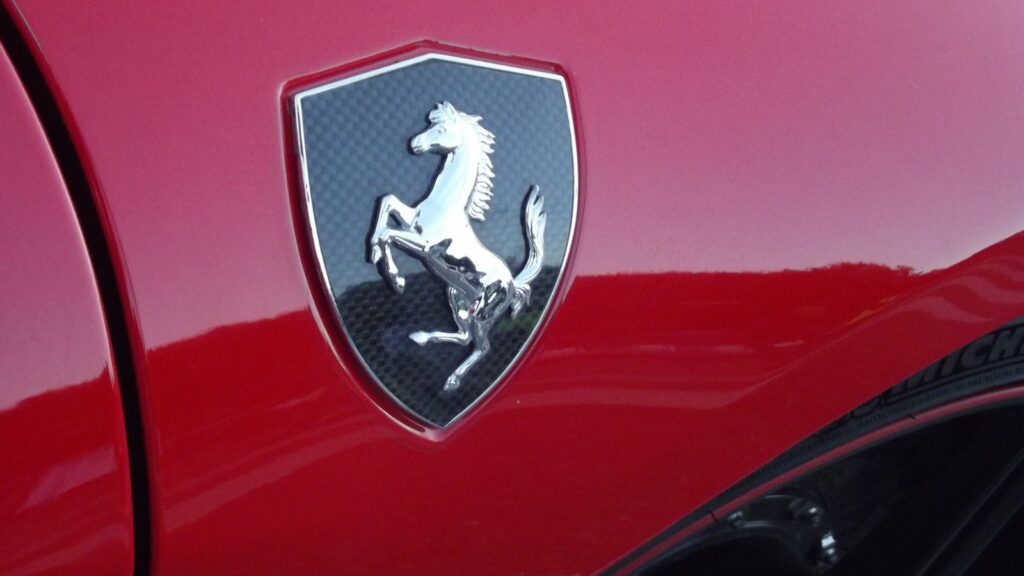Ferrari has stepped into a new era. The company has officially unveiled its first fully electric car, marking one of the most significant shifts in its history. Ferrari has long been known for building engines that stir emotion. The sound, the vibration, the character of the power delivery have always been as important as speed. For years, the brand resisted the idea of going fully electric because it did not want to lose the experience that defines a Ferrari. Now, Ferrari believes it has found a way to merge tradition with innovation, and the result is a performance car that just happens to run on electricity.
A New Chapter for the Prancing Horse
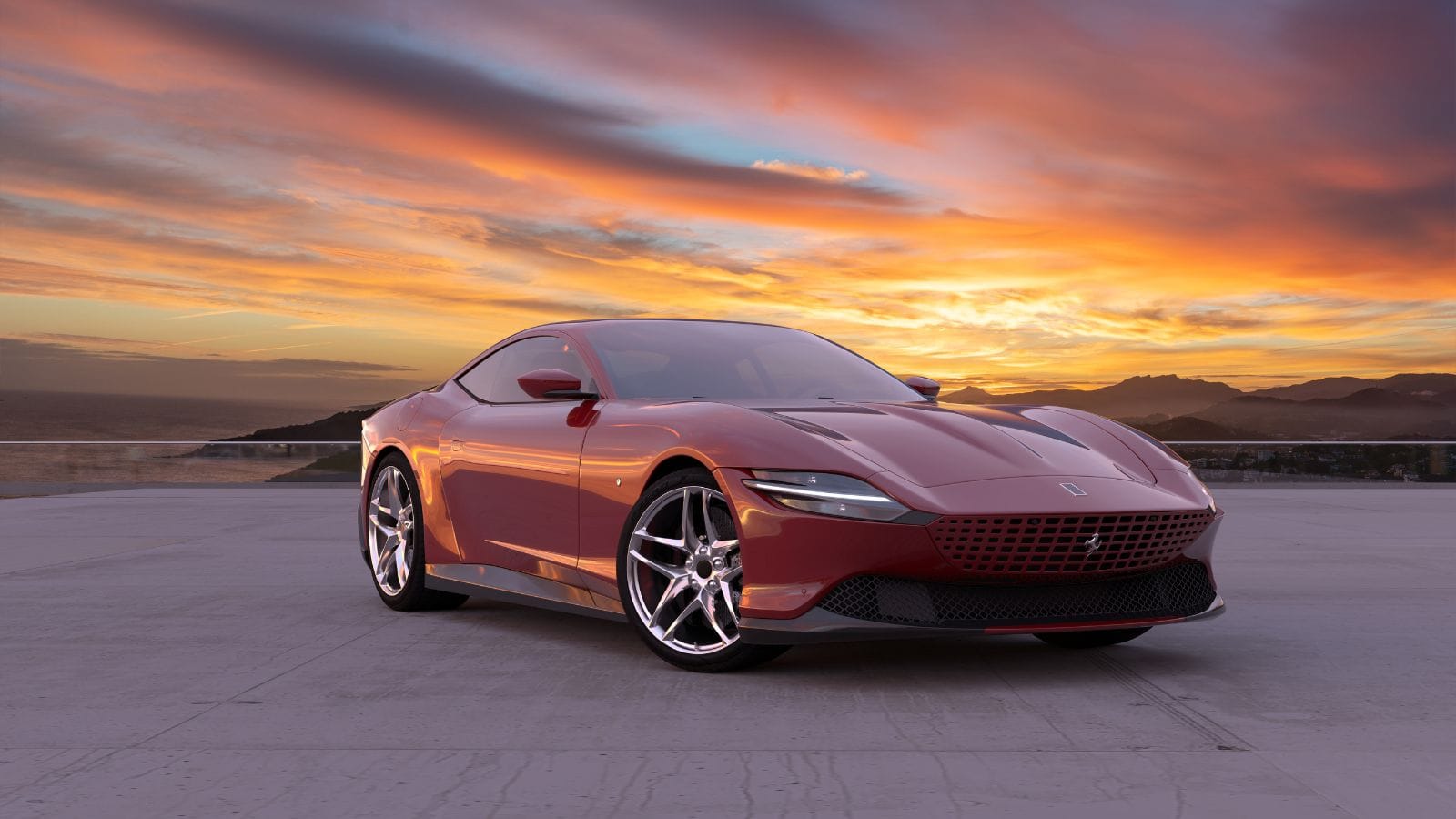
Ferrari is entering the electric market on its own terms. The company did not rush. It waited until it believed electric technology could deliver the sensory engagement that its drivers expect. The exterior design stays true to Ferrari language. Sculpted surfaces, tight proportions, and a stance that looks ready to move even when parked. Inside, the cabin remains focused around the driver, with minimal visual clutter and controls designed for quick, intuitive use.
Ferrari is not treating this car as a separate experiment. It is positioning it as a natural extension of its lineup. The message is clear. Electrification is not a departure from Ferrari philosophy. It is the next evolution of it.
Performance Built Around Instant Power

Electric motors deliver torque instantly, and Ferrari tuned that response carefully. The goal was not to create a car that simply launches quickly in a straight line. The brand wanted to preserve the feeling of controlled precision. The car responds immediately when the driver applies throttle, yet it does not feel aggressive or unpredictable.
The development team spent time shaping how the power builds and tapers, giving the driver a sense of rhythm. The result is smooth, confident acceleration that feels intentional. Compared to many performance EVs that overwhelm with sheer force, Ferrari designed a power delivery that communicates, not just accelerates.
Battery Technology Designed for Balance
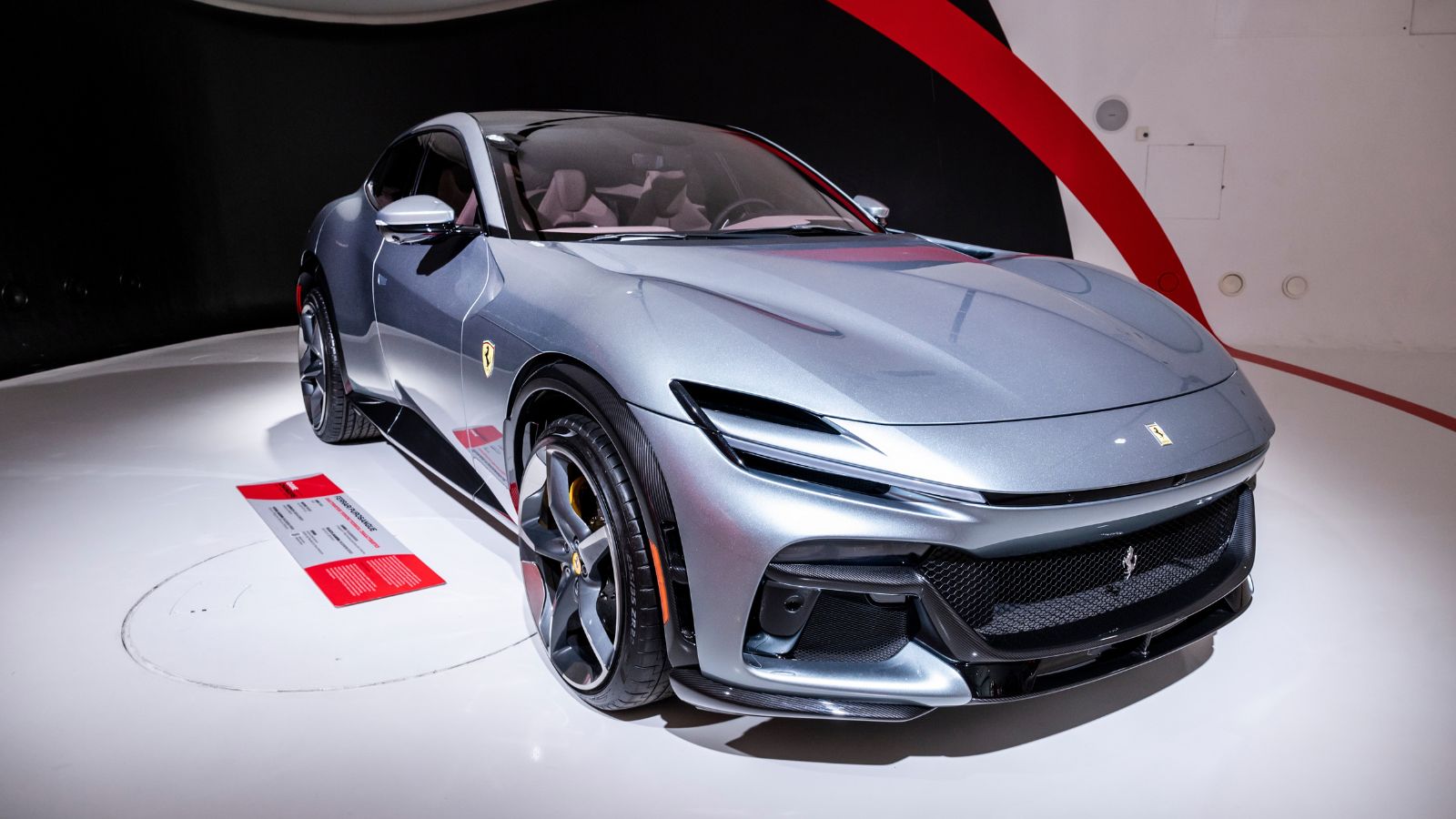
Most electric cars place the battery under the floor. Ferrari chose a different approach. Engineers shaped the battery pack to help maintain the weight distribution that has defined Ferrari handling for decades. The battery placement works with the chassis rather than simply resting inside it.
This focus on balance means the car still pivots with precision in corners. It turns in sharply. It stays flat. It communicates grip levels clearly through the steering and suspension. Ferrari wanted this EV to feel like a sports car first and an electric car second.
Engineering Emotion Into Sound
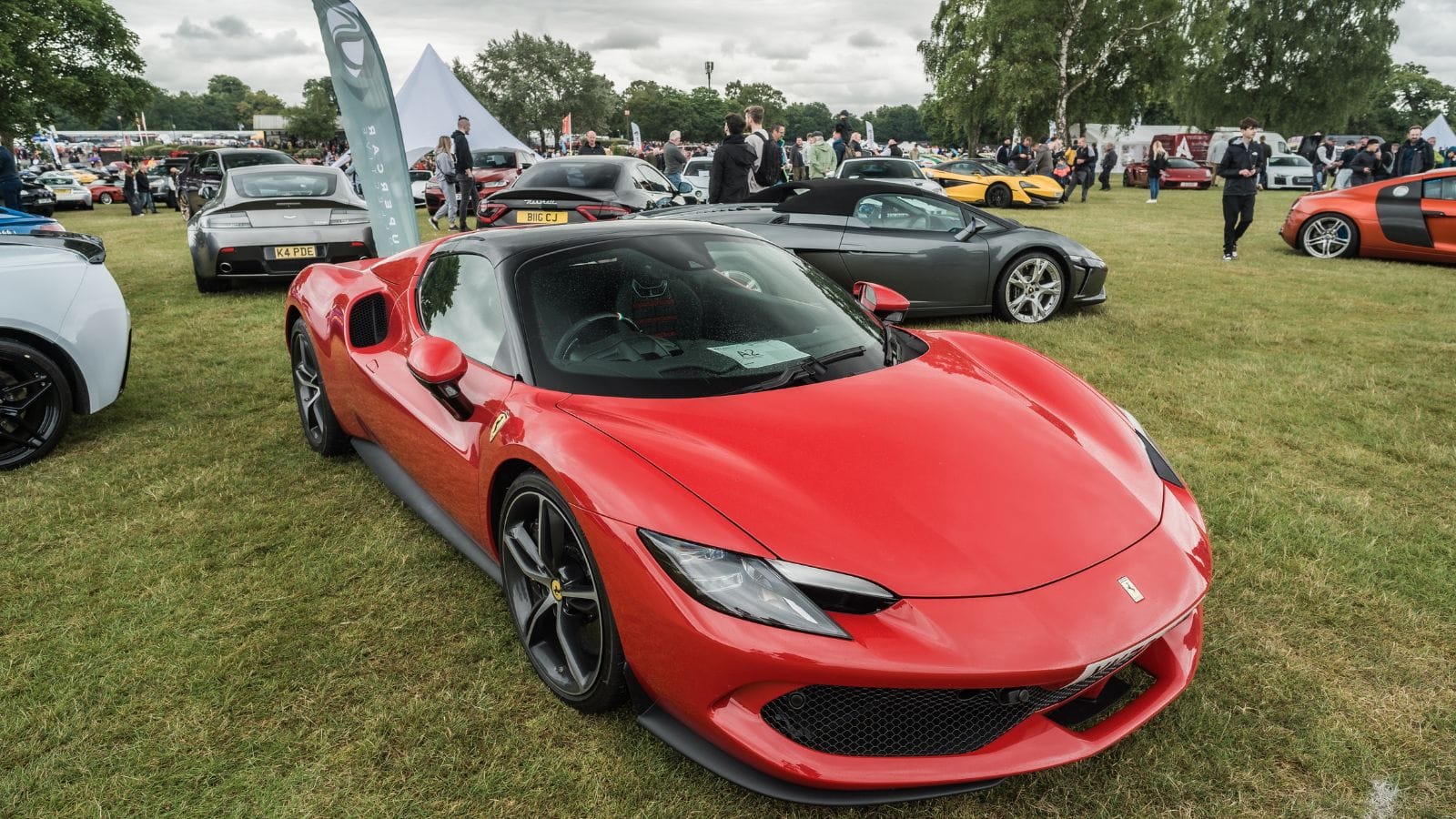
Ferrari knows its identity is closely tied to sound. The challenge was not to imitate a gasoline engine. The brand did not want artificial speaker noise. Instead, Ferrari studied the natural harmonics of electric motors, gear reduction, and aero resonance.
Engineers shaped these tones into something that changes in pitch and character as the car accelerates. The goal was not loudness. The goal was authenticity. The sound rises and falls alongside driver input, giving a sense of engagement. Ferrari calls this sound a voice rather than a soundtrack. It grows with speed and responds to throttle with personality rather than volume.
Charging and Power Delivery Designed for Real Use
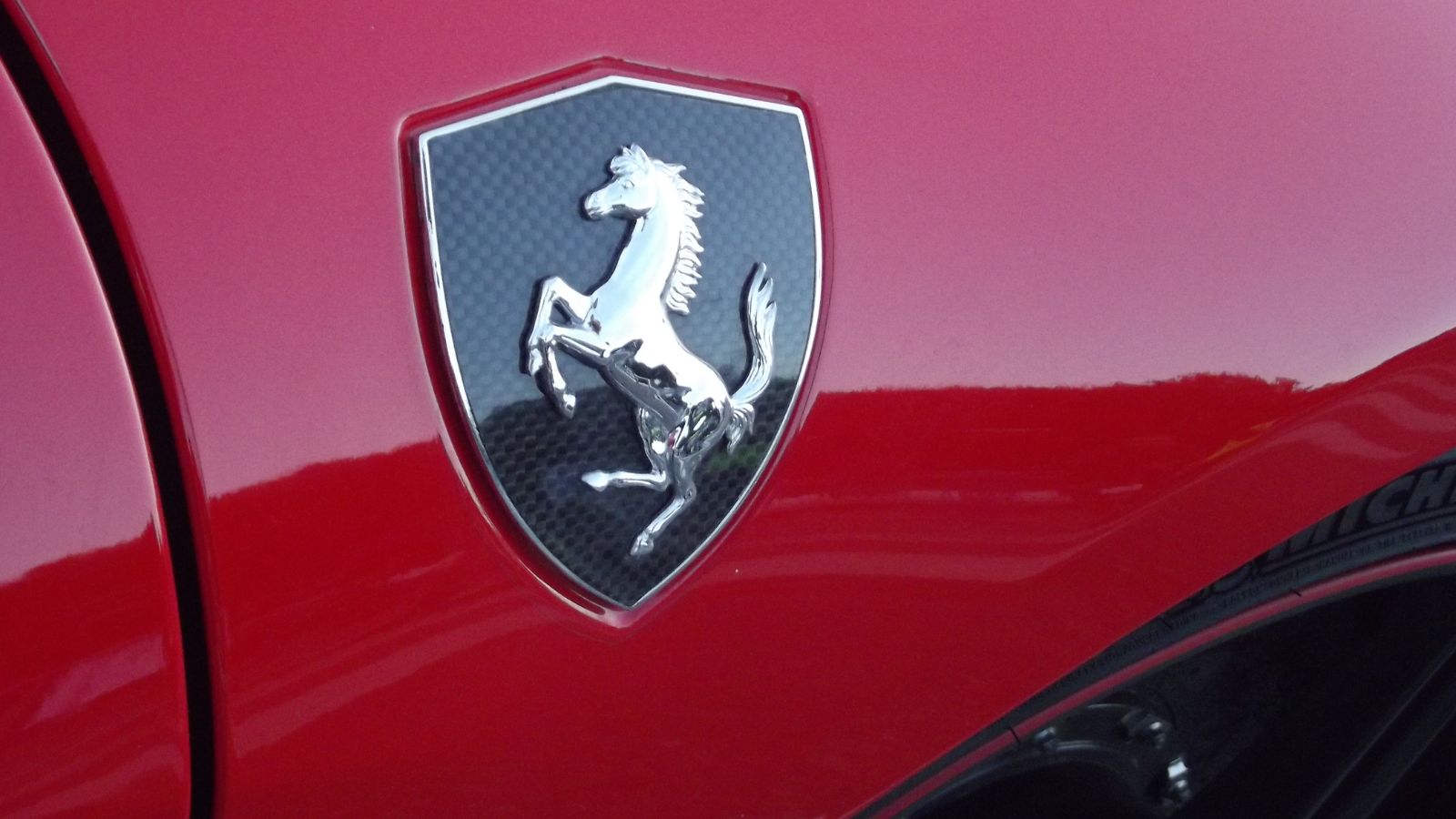
The car supports fast charging for road trip practicality, but Ferrari also focused on how the energy is managed once it is in the battery. The driving mode system adapts to the situation. Cruise gently and the car prioritizes range and efficiency. Drive aggressively and the car sharpens its responses instantly.
The transition between these states is smooth. There is no sense of switching personalities. Instead, the car flows naturally with the driver. Ferrari wants owners to feel like the car is reading their intentions, not forcing a specific driving style.
Racing DNA Still at Its Core

Ferrari has spent years working with hybrid electric systems in Formula racing. The lessons learned from managing energy recovery, thermal control, and power deployment all contributed to the development of this EV. The company is not abandoning its heritage. It is using its racing experience to shape the way electric performance feels.
This car is not meant to quiet Ferrari’s identity. It is meant to prove that performance does not depend on the presence of fuel. It depends on engineering detail, driving balance, and emotional engagement.
What This Means for the Future of Ferrari

Ferrari’s first electric model signals that the brand is planning for the long term. It shows that performance can be redefined without losing passion. The company is not replacing its gasoline cars immediately. It is expanding the range of what a Ferrari can be.
This car marks a turning point. Not just for Ferrari, but for how performance brands approach the electric era. It suggests that the future of driving can still be thrilling, emotional, and deeply human.
25 Facts About Car Loans That Most Drivers Don’t Realize

Car loans are one of the most common ways people fund car purchases. Like any other kind of loan, car loans can have certain features that can be regarded as an advantage or a disadvantage to the borrower. Understanding all essential facts about car loans and how they work to ensure that you get the best deal for your financial situation is essential. Here are 25 shocking facts about car loans that most drivers don’t realize:
25 Facts About Car Loans That Most Drivers Don’t Realize
